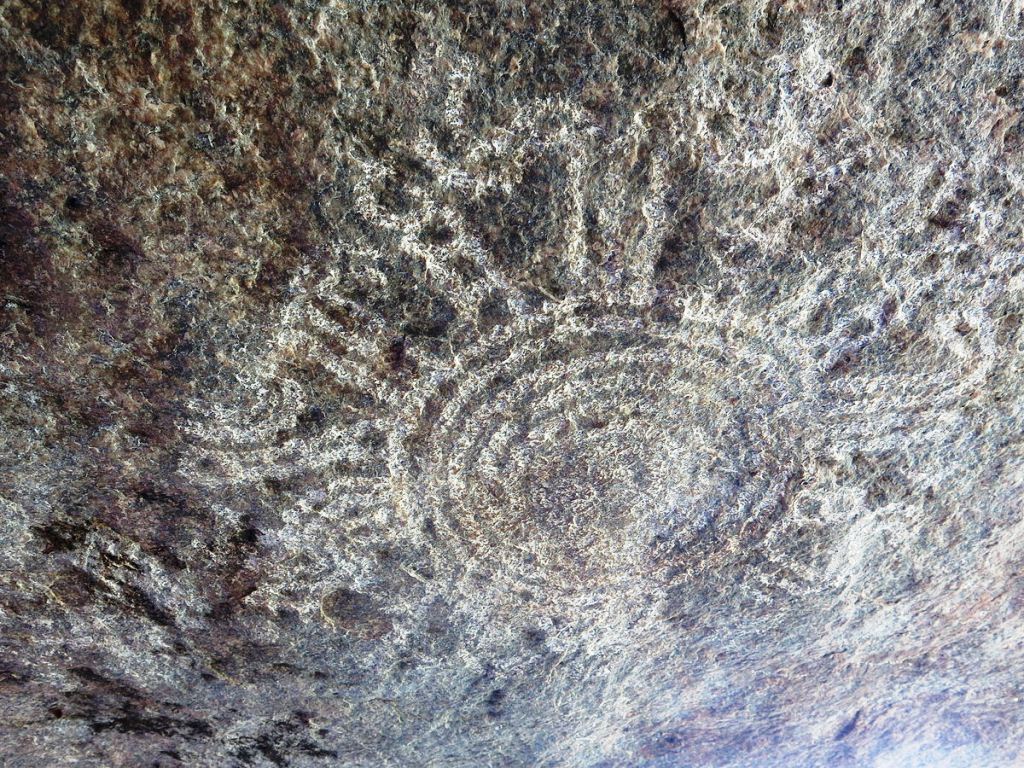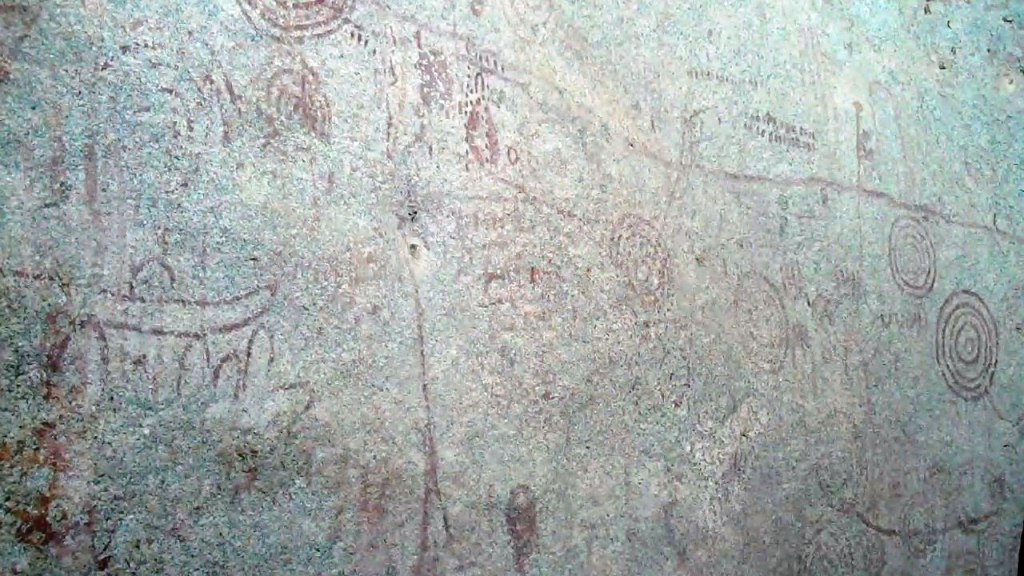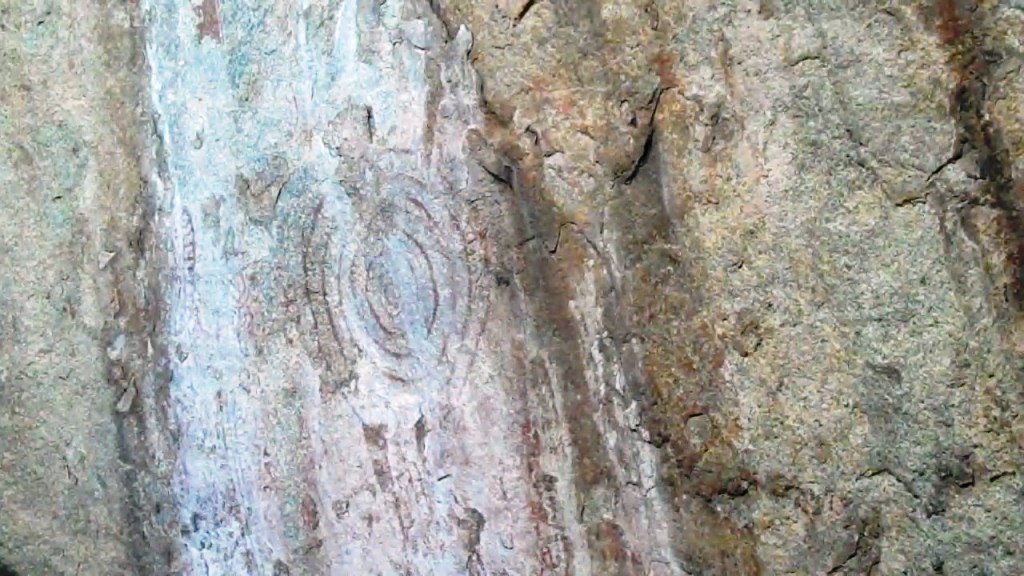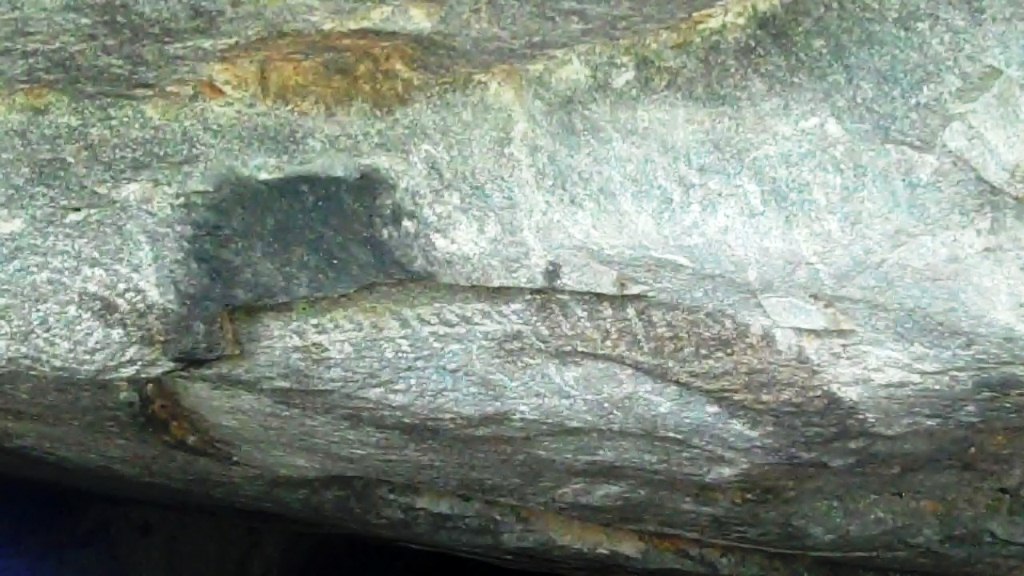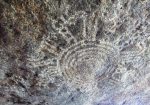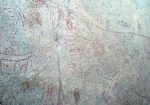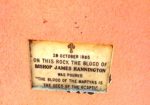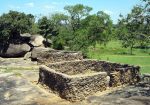The Nyero rock paintings are located in eastern Uganda in Kumi District, 8 km west of Kumi town, about 200 km from the capital Kampala. The Nyero rock paintings are among the most important rock art in Uganda.
Nyero rock paintings date to before 1250 CE. They were first documented in 1913 and later described by researchers as largely of geometric nature. This type of rock art is part of a homogeneous tradition often depicted in red pigment, spreading across east, central and parts of southern Africa, matching the distribution of the Late Stone Age hunter-gatherer culture. This art is generally attributed to Batwa (Twa) hunter-gatherers who are of Pygmy origin, and are today, in Eastern Africa, only found in small groups near the Rwanda/Uganda border and eastern Congo. It is likely that Twa hunter-gatherer communities once lived in the general area of these rock art sites, probably moving on due to the arrival of the present inhabitants (Nilotic, Luo, and Bantu groups). The paintings enrich the cultural identity of the people of Itese, Uganda, and Africa as a whole.
Nyero rock paintings was added to the UNESCO World Heritage Tentative List on 10 September 1997, in the Cultural category
Nyero rock art site has six shelters;
The main site, known as Nyero 2, is a big white wall covered in groups of red circles, boats and some vaguely human and animal forms. Archaeologists have yet to unravel the significance of the designs, who painted them and even when they did so. If the caretaker is around, he’ll charge for an informative tour, otherwise local kids will show you around. Nyero 1, with a few more circles, lies just below the main site while Nyero 3, where you probably won’t notice the modest painting unless someone shows you, is a few hundred meters north. The surrounding countryside is littered with boulder-covered peaks and cacti, giving it a Wild West feel.

